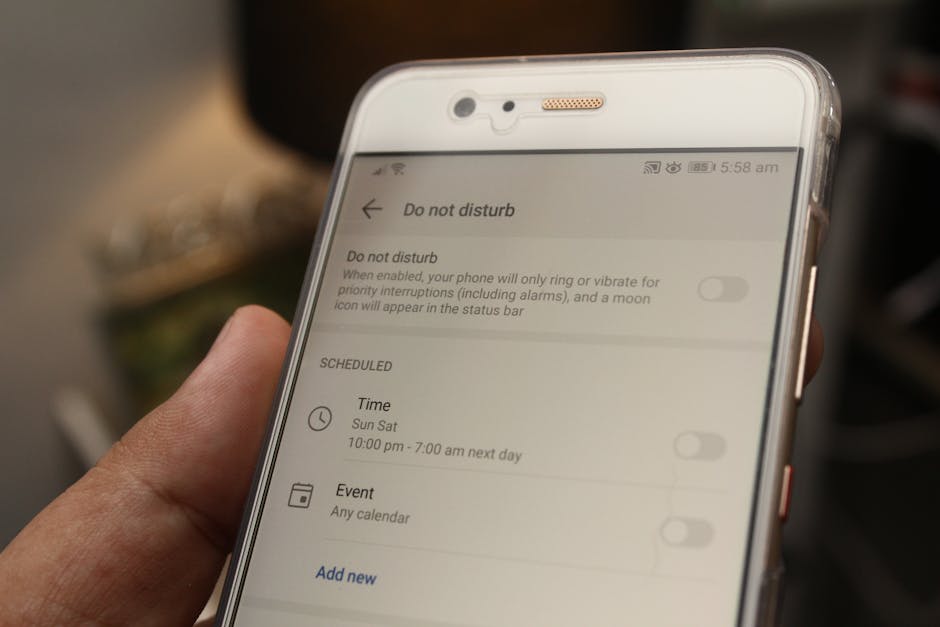Transform Your Resume: Harness Storytelling to Captivate Employers
Are you tired of sending out resumes that get lost in the sea of applicants? It's time to transform your approach! By harnessing the power of storytelling, you can elevate your resume into a compelling narrative that captivates potential employers and distinguishes you from the crowd. Instead of simply listing your skills and experiences, imagine weaving them into a story that reveals who you are, what you've accomplished, and where you're headed next. Let's dive into how you can create a narrative-driven resume that not only showcases your professional journey but also resonates on a personal level.
Why Storytelling Matters in a Resume

In an era where hiring managers sift through an average of 250 resumes for a single job opening, the need for something unique is crucial. Traditional resumes, which often read like a dry collection of bullet points, fail to engage. Research has shown that storytelling enhances memory retention and emotional connection; a well-crafted story makes you memorable. By infusing your experiences with narrative techniques—such as character development and conflict resolution—you can present yourself as a dynamic, multifaceted candidate.
Understanding Core Narrative Techniques

When you think about storytelling, it’s essential to understand some key elements that can be applied to your resume:
-
Character Development: You are the protagonist of your professional journey. Describe your unique background, motivations, and aspirations. Instead of just stating that you have a degree in marketing, illustrate how your passion for communication developed from childhood.
-
Conflict and Resolution: Every great story involves overcoming challenges. Relate conflicts you've faced in your career and how you resolved them. This shows resilience and problem-solving skills, critical attributes any employer looks for.
-
Dramatic Arcs: Your career has highs and lows, much like any narrative. A well-told story presents growth and transformation. Highlight your career trajectory—how you evolved from a novice in your field to an expert—and connect the dots with a concise narrative.
Crafting Your Narrative-Driven Resume

1. Begin with a Strong Introduction

The opening of your resume is akin to the opening scene of a movie. It sets the tone and captures attention. Use a professional summary that conveys your unique value proposition as a character in your career journey. For example:
"Innovative marketing professional with over 7 years of experience crafting compelling narratives that drive brand engagement and customer loyalty. My journey began in the bustling streets of New York, where I first discovered my love for storytelling and its power to connect."
2. Develop the Story of Your Experiences

Each role you've held is a chapter in your story. Instead of listing responsibilities, focus on results and contributions. Use action verbs and quantify your achievements to create a vivid picture. For instance:
"In my previous role as Marketing Coordinator at ABC Corp, I spearheaded a campaign that increased customer engagement by 35% in six months, transforming our approach to digital channels through innovative strategy development."
This not only presents your experience but also illustrates your growth and contributions to the organization.
3. Highlight Key Turning Points

Identify crucial moments in your career, such as promotions, industry transitions, or personal challenges you've overcome. These key turning points can enrich your narrative and demonstrate resilience. For example:
"After facing a significant setback when my first product launch failed, I took it as a learning opportunity; refining my approach to market research and ultimately launching our most successful service that increased revenue by 50%."
4. Use a Unique Format

Consider a visual resume or a combination of text and infographics to engage readers. This creative approach can differentiate you from traditional resumes. The inclusion of a personal logo or consistent design elements echoing your narrative can build your brand visually.
5. Tailoring for Each Application

One of the most powerful aspects of storytelling is its adaptability. Tailoring your narrative for specific job applications is essential. Align your stories with the company’s mission, values, and job requirements. Research the employer’s culture and infuse elements of their narrative into your own. For instance, if a company emphasizes innovation, showcase your creative solutions in previous roles.
Example Sections

Below are examples of how to structure different sections of your narrative resume:
Professional Summary:
- Innovative software developer who thrives on creating user-centered applications. My journey into tech began with coding simple games in high school, sparking a passion for problem-solving through technology.
Experience:
- Software Developer, Tech Solutions Inc. (2020-Present)
- Developed a collaborative platform that increased team productivity by 25%, allowing members to adapt quickly to project changes through enhanced communication features.
Achievements:
- Achieved a 40% reduction in software deployment time by implementing agile methodologies in the development process, showcasing how innovation and strategy can transform workflows.
Examples of Successful Narrative Resumes

Let’s take a closer look at how some successful candidates have used storytelling in their resumes:
Example 1: Emily, the Marketing Wizard

Emily’s resume read like a captivating story. Instead of listing roles, she weaved her experiences into a narrative arc showing her evolution from a digital marketing assistant to the Chief Marketing Officer at XYZ Corp. Each position detailed specific challenges faced and how those experiences shaped her capabilities, showcasing her continuous growth.
Example 2: Jake, the Resilient Architect

Jake highlighted his journey from a junior architect who confronted his design limitations to an award-winning designer recognized for his innovative public spaces. His resume told of the setbacks he faced in adapting to new technologies and how he transformed these into a strength by embracing continuous learning.
Personalizing Your Narrative with Templates
While the structure elements shared above are essential, using a template can provide additional guidance. Here’s a basic template to get you started:
- Contact Information
-
Name | Phone | Email | LinkedIn
-
Professional Summary
-
[Your character introduction and career insights]
-
Career Journey
-
Position, Company Name (Year - Year)
- [Key challenges and resolutions]
-
Position, Company Name (Year - Year)
- [Key achievements, challenges, and learning experiences]
-
Education
-
Degree, Major, University (Year)
-
Skills
- [List unique skills that represent your personal brand]
Final Thoughts on the Narrative Resume
In today's competitive job market, a narrative-driven resume is not just a creative approach; it's an effective strategy for standing out. By using storytelling techniques, framing your experience in relatable ways, and personalizing your approach for each opportunity, you can captivate hiring managers and convey the essence of who you are as a professional.
Ultimately, the goal of your resume is to create a compelling narrative that invites potential employers into your journey, opening doors to deeper conversations. Remember, each job application is an opportunity to reflect your unique story.
As you embark on this journey of crafting your narrative resume, don’t hesitate to explore more tips and resources. Consider checking out this article for how to turn personal experiences into professional milestones, or this guide which dives deeper into crafting the perfect job application narrative.
Next Steps
- Start brainstorming your personal narrative today. Jot down key experiences, challenges, and successes.
- Consider utilizing the provided templates to organize your insights into a cohesive story.
- Tailor your narratives for each job application to align with specific employer needs and company culture.
- Take action and breathe life into your resume. Transform it into a tale that not only displays your skills but also resonates deeply with hiring managers.
Craft a captivating resume by harnessing storytelling techniques that showcase your skills and resonate personally with employers. Stand out in your job search today!



